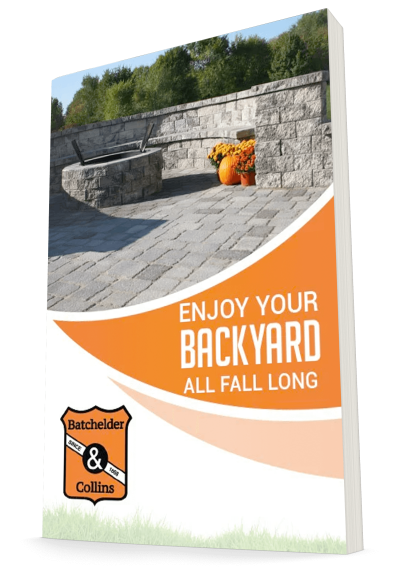What is Efflorescence and How do I Remove & Prevent It?

Nobody likes or wants it on their walls and that’s why people spend a lot of money and time trying to find a solution that will permanently get rid of it. Unfortunately, we’re here to report that, while there are some things you can do to temporarily remove it and prevent it, there is no 100% surefire cure.
What is Efflorescence?
Efflorescence is a crystalline deposit of salts that forms on the surface of brick, stone, stucco, concrete, or other building materials when water is present then evaporates. It’s distinguishable from other stains by its white or gray-tinted color and powdery consistency that sometimes glistens in the sunlight.
Efflorescence is found on the surface of buildings but it can also form beneath the surface and when that occurs, it’s called spalling and is more expensive to fix. When it’s present on unsealed walls or floors, it has that distinctive white, powdery look but when the surface is sealed, you will see a white blush form under the sealer.
While efflorescence itself is not inherently harmful and, despite how it might look, is not a sign that your walls are deteriorating, it’s worth noting that efflorescence cannot form without the presence of water. Therefore, its formation may be an indication that there is moisture accumulating in your walls which can become a bigger problem.
Efflorescence most commonly forms during the winter as rain, snow, and sleet increase the presence of water and salt but it can still occur in the fall, spring, and summer.
What Causes Efflorescence?
For efflorescence to form, you need the following three conditions to exist:
- Water-soluble salts
- Moisture that can transform these salts into a soluble solution
- The salts have to be able to move through the material to get to the surface meaning the material has to be porous and that’s why it’s so commonly found on brick. The moisture will then evaporate leaving the salts behind and causing them to crystallize.
You’re probably wondering, where is this random salt coming from? Well there are a variety of sources: it may already be present in the material or within the grout used to hold the material together; it can be present in the water itself in areas with hard water; or if the wall comes into contact with soil, efflorescence can result.
How do I remove efflorescence?
The process of removing efflorescence is completely dependent upon the surface that it’s formed upon and the composition of the salt.
- Dry brushing: For some salt compositions, you can simply use a hand brush, mild detergent, and water to remove the efflorescence. Some can even be removed with just a strong brush.
- Power washing: Depending on the surface, high-pressure water can effectively remove efflorescence pretty quickly. After doing this, however, you’ll have to dry the water from the building material to ensure that crystals don’t remain and allow efflorescence to reform.
- Acidic cleaners: Household vinegar or a weak solution of muriatic acid can both be effective in removing efflorescence from certain surfaces. But you should consult a contractor before using either solution because while it can be safe for some surfaces, it can damage others.
Generally, cleaning efflorescence isn’t going to be a one-time solution; you will probably have to do it a few times as there’s really no cure for it. Sealing a surface can sometimes work as a solution but if the water still weasels its way inside the surface, you can end up with spalling which is much harder to remove and much more destructive.
How do I prevent efflorescence?
Preventing efflorescence actually starts during the construction process and taking precautions to control the amount of water used in the mortar and grout, implement a design that directs water away from surfaces, and remaining aware of landscaping/irrigation. Here are a few more solutions you can implement to prevent efflorescence:
- Apply a hydrophobic sealant to the surface to prevent the absorption of water. This will keep water from traveling within the material.
- Install grout with mechanical vibration to limit the chance of voids in the grout.
- Keep your masonry materials stored properly – off the ground and covered with waterproof material – to prevent them from being penetrated by groundwater and precipitation.
Enjoy Your Backyard All Fall Long

Now is the perfect time to take advantage of autumn’s mild days to prepare your backyard for the cold months ahead. But who’s to say you can’t still enjoy your backyard, spending time with your family, and cooking outdoors all fall long.
"*" indicates required fields


